(Périgueux 1918 – Razac sur l'Isle 2005)
Grésivaudan landscape
Oil on hardboard
H. 45 cm; L. 56 cm
Signed lower right, dated 1969
Provenance : Private collection, Lyon region
Born in Périgueux at the end of the Great War, Ribeyrol grew up on the family land of Razac sur l'Isle, which he left for his profession as a railway worker. During his youth he learned the rudiments of the Arts on the benches of the School of Drawing alongside Pierre-Robert Lucas, future Prix de Rome in 1937, and Jean Cluseau-Lanauve. These Périgord lovers learned under the guidance of two well-known artists: Robert Dessales-Quentin and Julien Saraben. Ribeyrol initially worked in Grenoble, where he participated in many local fairs in the entourage of the Société des Beaux-Arts in the city. His passion for drawing and painting oblige him to practice almost daily within this circle to develop his art with more rigor. He won prizes in Grenoble and Lyon, a city he joined in 1968 and where he did not fail to join the Société des Beaux-Arts... During all these years of expatriation, Jean-Daniel Ribeyrol constantly created, mostly landscapes of neighboring Provence, but of course the foothills of the Alps or Auvergne. A few still lifes punctuate the partitioned landscapes of colors that he likes to exhibit. In 1974, the painter is retired and can devote himself full time to his passion in front of the landscapes of Périgord. Shortly after, he created within the Société des Beaux-Arts du Périgord, "l'Atelier" which still continues today, being a place of meeting and weekly practice. From 1986 to 1990 he chaired the Company which he seriously expanded. In 1988, a major exhibition of his work was organized in Périgueux, and another in 2015 in Razac sur l'Isle.
This Isère landscape is typical of Ribeyrol's works around the 1950s/70s. Upstream from Grenoble, the Grésivaudan is a deep valley extending over some forty municipalities. It shows a barn and a house behind leafless trees in early spring. This landscape is topped by a snow-capped mountain range. The painter's touch here is already very cloisonnist, but not yet at its peak, which he would reach in Périgord a few years later.






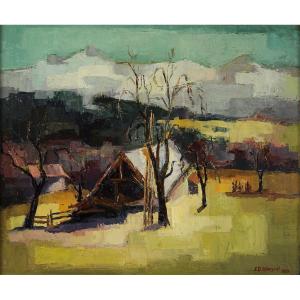




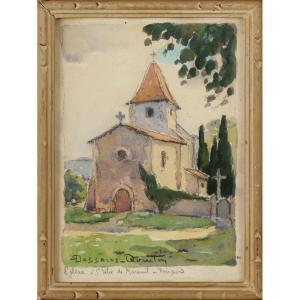
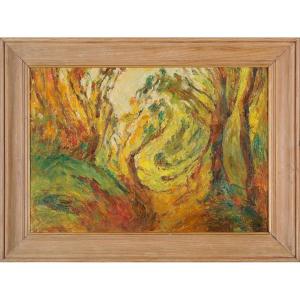

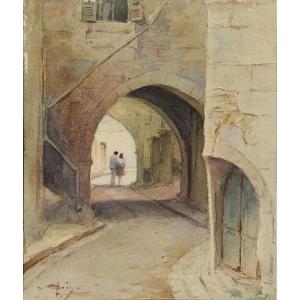



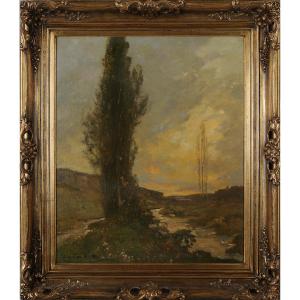

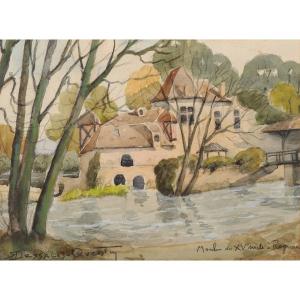

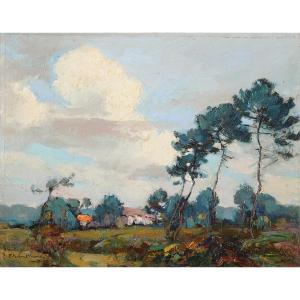






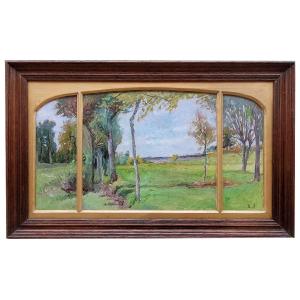
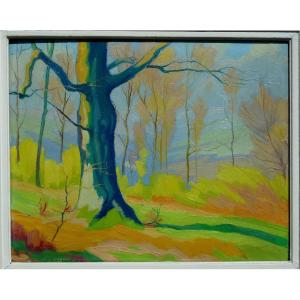



 Le Magazine de PROANTIC
Le Magazine de PROANTIC TRÉSORS Magazine
TRÉSORS Magazine Rivista Artiquariato
Rivista Artiquariato